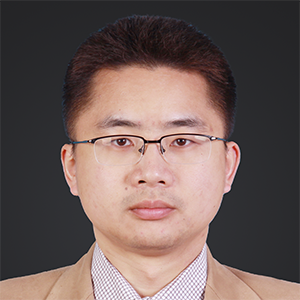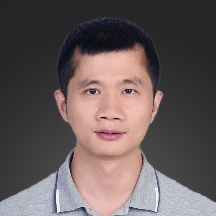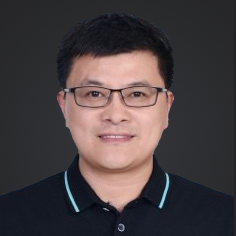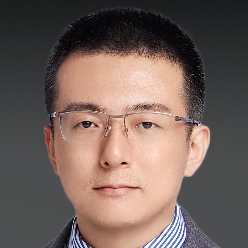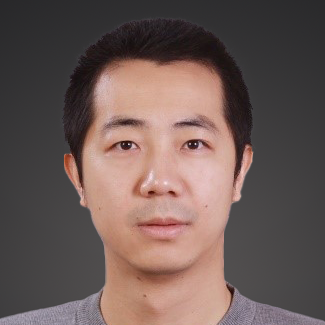Condensed Matter Physics
Research Fields
Condensed Matter Physics seeks to understand the physical properties and governing principles of condensed phases of matter such as solids, liquids, nano-materials, as well as macromolecules. The diversity of systems and phenomena available for study makes condensed matter physics the most active field of contemporary physics. The field overlaps with chemistry, materials science, and nanotechnology, and relates closely to atomic physics and biophysics. Theoretical condensed matter physics shares important concepts and techniques with theoretical particle and nuclear physics. Experimental condensed matter physics uses techniques such as laser, X-ray, infrared light scattering, neutron scattering, NMR and STM that are also widely used in many other branches of science. Members of condensed matter physics at USTC are carrying out cutting-edge research in a wide range of areas, including materials and physics of various quantum materials (including novel superconductors, magnetic materials, topological materials, strongly correlated electron systems, etc.), formation mechanisms and properties of nanostructures, discoveries and manipulations of quantum states, theory and device of emerging electronics (including spintronics, multiferroics, ferroelectric, molecular electronics, etc.), electronic structure calculations, materials for energy and environmental applications, and predictions of biomolecular structures. We are also actively seeking for new phenomena and new properties of functional materials and accordingly designing novel device prototypes.
Main Research Directions
1) High temperature superconductivity; 2) Quantum materials; 3) Structures and properties of nano-materials; 4) Thin films with special functions; 5) Electronic and spintronic materials and device physics; 6) Energy materials; 7) Single molecular electronics; 8) Electronic structure calculations.
Speakers & Supervisors

Speakers & Supervisors


